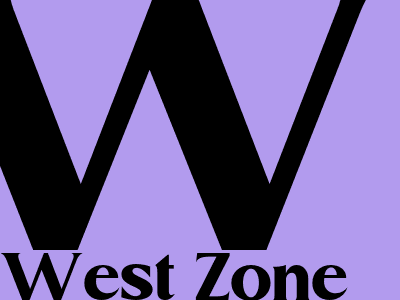Unlock the Power of On-Page SEO for Enhanced Visibility
Introduction:
On-page optimization is a crucial aspect of Search Engine Optimization (SEO). By optimizing various elements of your web pages, you can improve their visibility and rankings in search engine results pages (SERPs) and enhance user experience. This blog post will explore the key elements of on-page SEO, providing actionable tips to help you optimize your website for better visibility and results.
1. Keyword Research:
Thorough keyword research is foundational for successful on-page SEO. Identify relevant keywords that potential customers are searching for. Use keyword research tools to find keywords with high search volume, low competition, and relevance to your business.
2. Title Tag Optimization:
The title tag is a critical element that search engines use to understand the content of your page. Include your primary keyword in the title tag, ensuring it is concise, compelling, and under 60 characters.
3. Meta Description Optimization:
The meta description provides a brief summary of your page's content. Write a compelling and informative meta description that includes your primary keyword and encourages users to click through to your website.
4. Header Tag Optimization:
Use header tags (H1, H2, etc.) to structure your content and highlight important sections. Include your primary keyword in the H1 tag and use other header tags to organize your content logically.
5. Content Optimization:
Create high-quality, relevant, and informative content that provides value to your audience. Use your primary keyword throughout your content naturally and avoid keyword stuffing. Ensure your content is well-written, engaging, and easy to read.
6. Internal Linking:
Use internal links to connect related pages on your website. This helps distribute link equity and improves the user experience by allowing users to easily navigate your site.
7. Image Optimization:
Optimize images on your web pages by using descriptive file names and alt tags. Include your primary keyword in the alt tag to provide context for search engines and assistive technologies.
8. URL Structure:
Keep your URLs concise, descriptive, and keyword-rich. Use hyphens to separate words and avoid using underscores or spaces.
9. Site Speed Optimization:
A fast-loading website is essential for a positive user experience and improved search rankings. Optimize your website's performance by reducing image sizes, using a content delivery network (CDN), and minimizing unnecessary code.
10. Mobile Optimization:
Ensure your website is mobile-responsive and provides a seamless experience across all devices. Design your website to adjust automatically to different screen sizes and implement touch-friendly elements.
Conclusion:
Effective on-page SEO requires a comprehensive approach that encompasses various elements of your web pages. By implementing the strategies outlined in this article, you can enhance your website's visibility, improve user experience, and achieve higher rankings in SERPs. Remember, on-page SEO is an ongoing process that requires regular monitoring and optimization to stay ahead of evolving algorithms and user expectations.

Comments